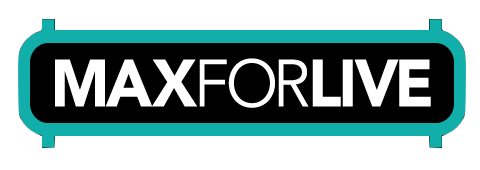Why Ms Pinky + Max/MSP?
If you are interested in applying turntable technique to computerized music and/or video, there isn’t a more flexible system than Ms Pinky’s Interdimensional Wrecked System in combination with Max/MSP/Jitter. And the “Maxi-Patch” application is only the beginning of your journey. When you join Ms Pinky’s fan club, you’ll get access to an editable/reprogrammable version of the Maxi-Patch which you are free to modify to suit your individual needs using the tools of Max/MSP. In Max/MSP, the audio signal from your turntable as it plays the Ms Pinky vinyl is analyzed with the use of a highly optimized tracking algorithm that provides nearly instantaneous velocity and absolute position information. In other words, you know when the turntable is moving forward or backward, and at what speed.. and you know exactly where in the groove the needle currently is. Ms Pinky’s MPTCFS~ object is a compiled code extension for Max/MSP that takes audio input from adc~ and turns it into turntable velocity, power, and absolute position signals. The velocity signal has a positive value when the turntable is moving forward, and negative when it is moving backward. The higher the value, the faster the speed. The power signal ranges between 0.0 and 1.0, and provides a useful “muting” signal to stop spurious velocity values from disrupting subsequent processing when the turntable velocity approaches 0.0. The third signal is an instantaneous absolute position indicator. Ms Pinky’s vinyl records contain approximately 155 unique position stamps per rotation, and no position stamp is repeated on the record. This works out to a totally unique position stamp being calculated and made available to your Max/MSP environment approximately 86.12 times per second when the vinyl is played at 33-1/3 rpm. The time lag or latency is about 11.6 milliseconds for the absolute position information. The latency for velocity and direction information is only about 1.5 milliseconds.
Using the limitless possibilities of Max/MSP’s modular building-block design, you can apply these three signals to control audio file playback, synthesis, filtering, DSP effects, video, MIDI, and more. With Jitter, you add a comprehensive video environment expressly designed to be responsive to live performance. Since you can add other kinds of MIDI-based controllers, the turntable can be just one element of an amazing performance application. Max/MSP isn’t for everyone, but for those whose imagination can’t be constrained by prefabricated software, nothing else will do. To see some examples of how Ms Pinky users have applied the MPTCFS~ object inside Max/MSP to create their own customized turntable performance applications, check out some of our highlighted users elsewhere on this site.
A new and exciting development of the Max/MSP graphical programming environment is “Max For Live“, a new integration of Max/MSP with Ableton’s “Live” software. To support this integration, Ms Pinky has a new toolbox of patches and compiled code extensions that will give users of “Max For Live” an expansive new field in which to explore digital turntablism.



